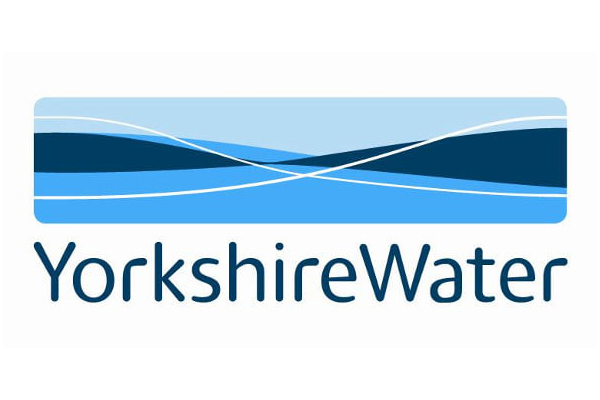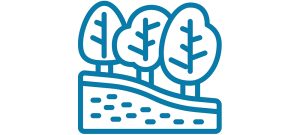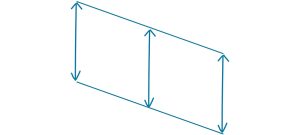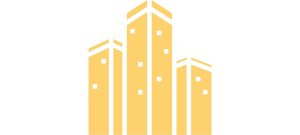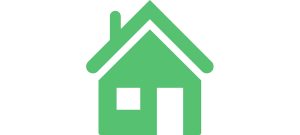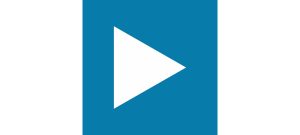The Dynamo club project is emulating the success of the Paradigm club project by bringing together industry experts to share their knowledge in the area of pressure analysis, management and control. Through this collaborative approach, Dynamo focuses on addressing the most pressing issues faced by the industry – as decided by the industry.
With the industry facing challenging performance commitments, maintaining calm, low levels of pressure on water networks is a key focus. To meet this challenge, water companies are deploying more pressure management solutions, making networks more complex and increasing operational risk. This, coupled with a corresponding increase in pressure monitoring, makes it more challenging to separate emerging network issues from data and asset failures, and ensure an effective response.
Starting with a thorough understanding of the opportunity for pressure reduction and network calming in each area, Dynamo allows analysts to understand the benefits which can be achieved through further optimisation. Aggregating and prioritising these at a zonal level ensures that wider strategic opportunities are explored before returning to implement and optimise individual schemes.
